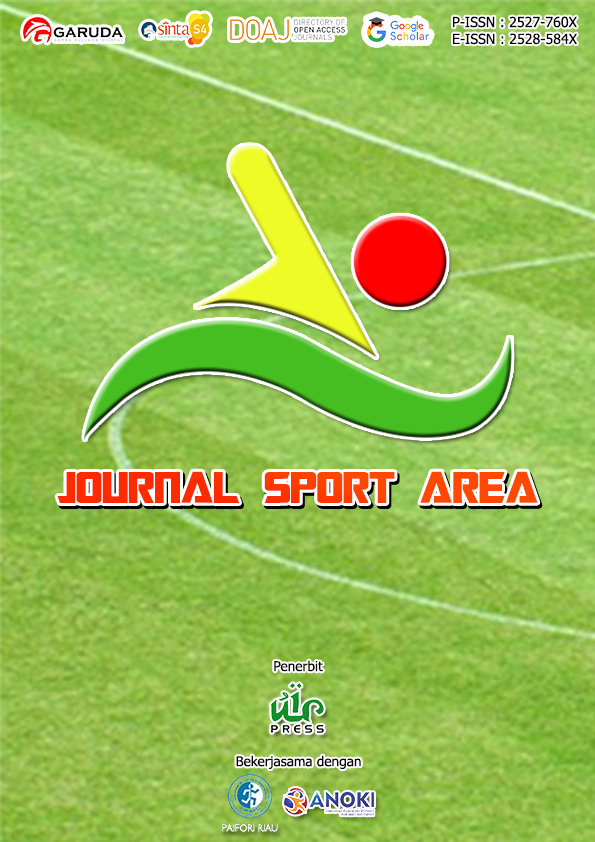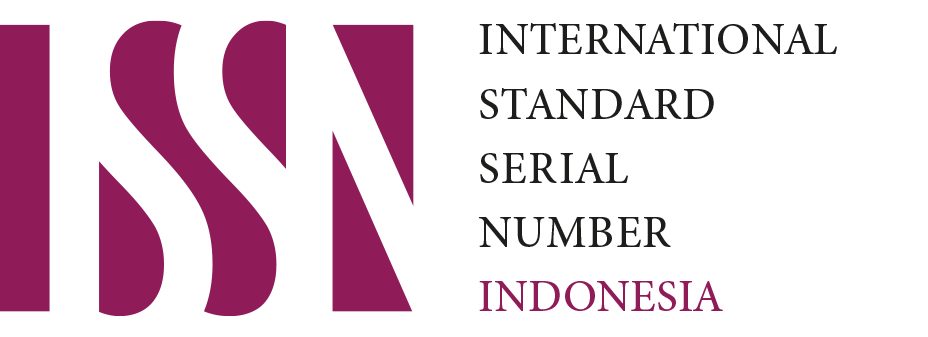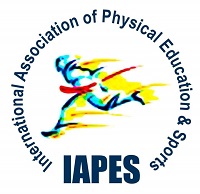Life status and demographic characteristics of IAPES’ members during the COVID-19 pandemic
Keywords:
Life status, demographic characteristics, covid-19, physical and sports educatorsAbstract
This study on the life status of IAPES members based on identified conditions and their demographic characteristics during the COVID-19 pandemic was conducted to provide an updated profile of the members of the International Association of Physical Education and Sports. The objectives of the study is to collect data and information based on the following: (i) demographic characteristics of selected IAPES members as to their country of origin, age, sex, civil status, educational attainment, length of service as PE teacher, length of service in their current institution, and the type of institution they are employed; (ii) the current life status of selected IAPES members in terms of psychological, physical, financial, work/professional, and sociocultural conditions; (iii) presence of significant relationships on the current life status when grouped according to their demographic characteristics; (iv) how the selected IAPES’ members describe their greatest attributes that have helped them cope with the COVID-19 pandemic; and, (v) what other matters have been bothering the selected IAPES’ members in relation to the prevalence of the pandemic. The study used mixed methods of research, the quantitative (descriptive-correlational) and qualitative (descriptive-exploratory) methods. Moreover, the study utilized purposive-convenient sampling techniques in the selection of 246 IAPES’ members from the Philippines, India, Malaysia, Bangladesh, Egypt, Ethiopia, Pakistan, Iran, Thailand, and United States. Results show that respondents’ life status based on the cited conditions have significant relationships when grouped according to the respondents’ country of origin, sex (except for the physical condition), and educational attainment, while there are no significant relationships based on their age, civil status (except for physical and work/professional conditions), length of service as PE teacher, length of service in the current institution, and type of institution. Moreover, there were 5 greatest attributes in coping with the COVID-19 pandemic identified by the respondents, resilience, attitude of maintaining good physical condition, seeking for families’ and friends’ support in times of crisis, volunteerism, and faith in God. Other matters bothering the respondents related to COVID-19 pandemic are financial stability, family’s safety, learning more about mental health, their students’ learning conditions, and the lack of initiatives from the authorities in battling the COVID-19 pandemic.
Downloads
References
Alsoufi, A., Alsuyihili, A., Msherghi, A., Elhadi, A., Atiyah, H., Ashini, A., Ashwieb, A., Ghula, M., Ben Hasan, H., Abudabuos, S., Alameen, H., Abokhdhir, T., Anaiba, M., Nagib, T., Shuwayyah, A., Benothman, R., Arrefae, G., Alkhwayildi, A., Alhadi, A., … Elhadi, M. (2020). Impact of the COVID-19 pandemic on medical education: Medical students’ knowledge, attitudes, and practices regarding electronic learning. PLoS ONE, 15(11 November), 1–20. https://doi.org/10.1371/journal.pone.0242905 DOI: https://doi.org/10.1371/journal.pone.0242905
Aperribai, L., Cortabarria, L., Aguirre, T., Verche, E., & Borges, Á. (2020). Teacher’s Physical Activity and Mental Health During Lockdown Due to the COVID-2019 Pandemic. Frontiers in Psychology, 11, 1–14. https://doi.org/10.3389/fpsyg.2020.577886 DOI: https://doi.org/10.3389/fpsyg.2020.577886
Arias, J. J., Swinton, J., & Anderson, K. (2018). Online vs. Face-to-Face: A Comparison of Student Outcomes with Random Assignment. e-Journal of Business Education and Scholarship of Teaching, 2(2), 1–23.
Barrena, L., & Antonio, J. (2017). Sport for humanitarian action. A Do No Harm approach. Deusto Journal of Human Rights, 12(6), 115–132. https://doi.org/10.18543/aahdh-6-2009pp115-132 DOI: https://doi.org/10.18543/aahdh-6-2009pp115-132
Centeio, E., Mercier, K., Garn, A., Erwin, H., Marttinen, R., & Foley, J. (2021). The success and struggles of physical education teachers while teaching online during the COVID-19 pandemic. Journal of Teaching in Physical Education, 40(4), 667–673. https://doi.org/10.1123/JTPE.2020-0295 DOI: https://doi.org/10.1123/jtpe.2020-0295
Dela-Cruz, L. B., & Silverio, B. C. (2019). Practical research. Mutya Publishing House, Inc.
Haynes-Brown, T., Hordatt-Gentles, C., & Cole, S. (2021, January 17). Coping personally and professionally as a teacher during COVID-19. The Gleaner.
Hepburn, S. J., Carroll, A., & McCuaig, L. (2021). Exploring a complementary stress management and wellbeing intervention model for teachers: Participant experience. International Journal of Environmental Research and Public Health, 18(17), 1–28. https://doi.org/10.3390/ijerph18179009 DOI: https://doi.org/10.3390/ijerph18179009
Lei, M., & Medwell, J. (2021). Impact of the COVID-19 pandemic on student teachers: how the shift to online collaborative learning affects student teachers’ learning and future teaching in a Chinese context. Asia Pacific Education Review, 22(2), 169–179. https://doi.org/10.1007/s12564-021-09686-w DOI: https://doi.org/10.1007/s12564-021-09686-w
Lizana, P. A., Vega-Fernadez, G., Gomez-Bruton, A., Leyton, B., & Lera, L. (2021). Impact of the covid-19 pandemic on teacher quality of life: A longitudinal study from before and during the health crisis. International Journal of Environmental Research and Public Health, 18(7), 1–11. https://doi.org/10.3390/ijerph18073764 DOI: https://doi.org/10.3390/ijerph18073764
Makovec, D. (2018). The teacher’s role and professional development. International Journal of Cognitive Research in Science, Engineering and Education, 6(2), 33–45. https://doi.org/10.5937/ijcrsee1802033M DOI: https://doi.org/10.5937/ijcrsee1802033M
Marshall, D. T., Shannon, D. M., & Love, S. M. (2020). How teachers experienced the COVID-19 transition to remote instruction. Phi Delta Kappan, 102(3), 46–50. https://doi.org/10.1177/0031721720970702 DOI: https://doi.org/10.1177/0031721720970702
Poulou, M. S., Reddy, L. A., & Dudek, C. M. (2019). Relation of teacher self-efficacy and classroom practices : A preliminary investigation. School Psychology International, 40(1), 25–48. https://doi.org/10.1177/0143034318798045 DOI: https://doi.org/10.1177/0143034318798045
Rashid, S., Fayez, O., Ismail, H., & Khan, R. F. (2021). Digital social support for undergraduate students during COVID-19: Pivotal support for the digital transformation. Journal of Public Health Research, 10(4), 695–701. https://doi.org/10.4081/jphr.2021.2148 DOI: https://doi.org/10.4081/jphr.2021.2148
Young, J., & Donovan, W. (2020). Shifting to Online Learning in the COVID-19 Spring. Pioneer Institute: Public Policy Research, April, 1–6.
Published
How to Cite
Issue
Section
This is an open-access article distributed under the terms of the Creative Commons Attribution-ShareAlike 4.0 International License which permits unrestricted use, distribution, and reproduction in any medium. Users are allowed to read, download, copy, distribute, search, or link to full-text articles in this journal without asking by giving appropriate credit, provide a link to the license, and indicate if changes were made. All of the remix, transform, or build upon the material must distribute the contributions under the same license as the original.
Accepted 2022-08-17
Published 2022-08-20



.png)




















.png)







.png)





